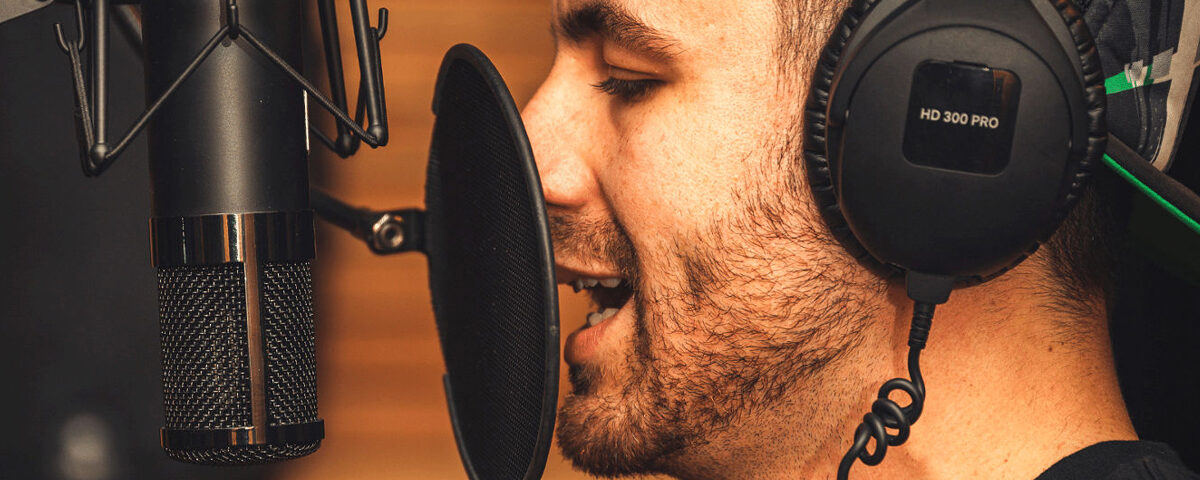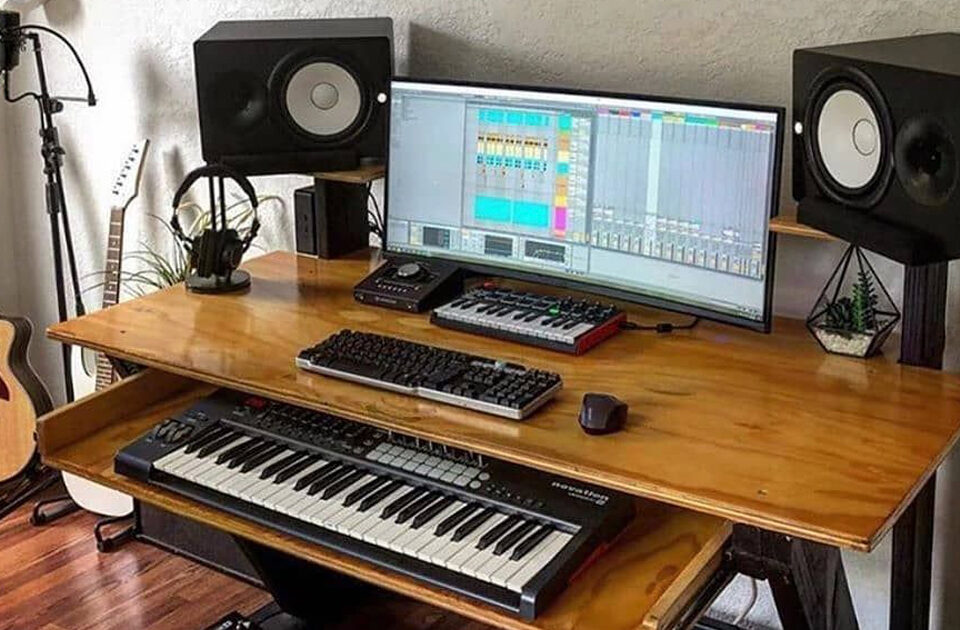Vocal Recording Techniques – Capturing the Essence of a Vocalist’s Performance
Vocal recording techniques play a crucial role in creating a captivating and professional-sounding vocal track. Whether you’re working on a music production, podcast, voice-over, or any other project that involves vocals, understanding and implementing effective recording techniques is essential. In this article, we will explore some key aspects of vocal recording techniques, including microphone choice, proximity effect, pop filters, and vocal isolation techniques.
1. Microphone Choice
Selecting the right microphone is paramount to achieving a quality vocal recording. Different microphones have distinct frequency responses, polar patterns, and tonal characteristics. There are three main types of microphones commonly used for vocal recording: dynamic microphones, condenser microphones, and ribbon microphones.
Dynamic microphones are robust and can handle high sound pressure levels, making them suitable for capturing powerful and dynamic vocal performances. They also tend to have a narrower frequency response, which can help reduce unwanted background noise.
Condenser microphones, on the other hand, are more sensitive and capture a broader frequency range, making them ideal for capturing detailed vocal performances with nuances and subtleties. They require phantom power and can deliver a more transparent and natural sound.
Ribbon microphones are known for their warm and vintage character. They offer a smooth yet delicate sound reproduction, making them a popular choice for capturing intimate and emotive vocal performances.
2. Proximity Effect
Understanding the proximity effect is crucial when positioning the microphone relative to the vocalist. The proximity effect refers to the increase in low-frequency response that occurs when a vocalist sings closer to the microphone. This effect can add warmth and depth to the vocal recording but can also cause boomy or muddy sounds if overused.
Experimenting with the distance between the vocalist and the microphone is key to finding the desired balance. Closer placement enhances the low-end, while moving the microphone farther away reduces the proximity effect. It’s essential to find the sweet spot that complements the vocalist’s voice and the overall aesthetic of the recording.
3. Pop Filters
Pop filters, also known as pop shields or windscreens, are an essential tool in vocal recording. They are designed to minimize plosive sounds caused by the fast-moving air produced when pronouncing certain consonants, such as “p” and “b.” Plosives can create unwanted low-frequency thumps and sudden bursts of air in the vocal recording.
A pop filter is typically placed between the vocalist and the microphone, acting as a barrier that disperses and diffuses the plosive air without affecting the vocal performance. It helps maintain a consistent and smooth frequency response, resulting in a cleaner and more polished vocal recording.
4. Vocal Isolation Techniques
Achieving a clean and isolated vocal recording is often a top priority. While it may not always be possible to record in a dedicated soundproofed room, there are several techniques to minimise unwanted background noise.
- Acoustic Treatment: Use sound-absorbing materials such as acoustic panels or foam to minimize room reflections and reverberations. This helps reduce the amount of unwanted ambient noise captured by the microphone.
- Vocal Booths or Reflection Filters: Vocal booths are small enclosures designed to isolate the vocalist from external noise. They provide a controlled environment, enhancing the clarity of the vocal recording. Alternatively, reflection filters can be mounted around the microphone to minimize sound reflections and isolate the vocal performance.
- Noise Gates: Noise gates are audio processors that can be applied during mixing to automatically reduce the volume of the recording when the vocalist is not singing. They help eliminate background noise during silent sections, ensuring a cleaner and more focused vocal track.
In conclusion, vocal recording techniques are vital for capturing the nuances and characteristics of a vocalist’s performance. By carefully selecting the appropriate microphone, managing proximity effect, using pop filters, and implementing vocal isolation techniques, you can achieve professional and captivating vocal recordings. Remember that experimentation and fine-tuning are key to finding the perfect balance that complements the vocalist’s voice and the overall sonic vision of your project.


